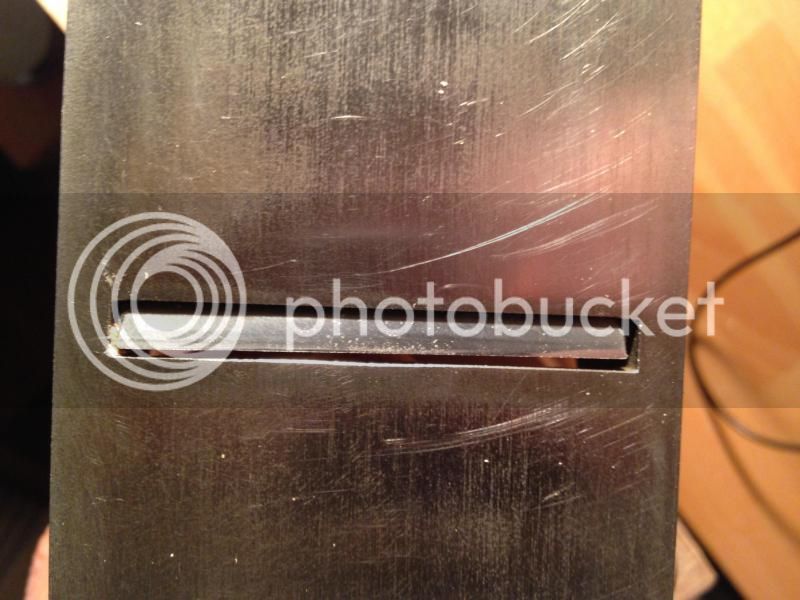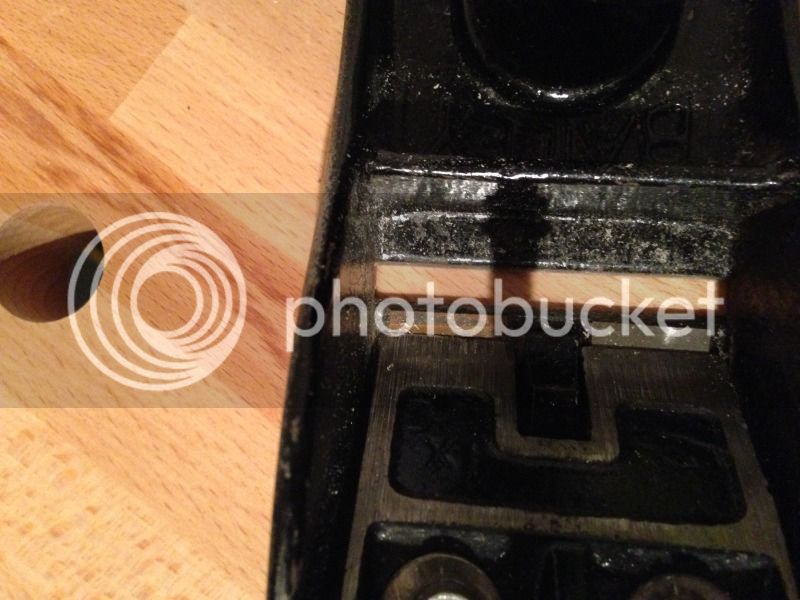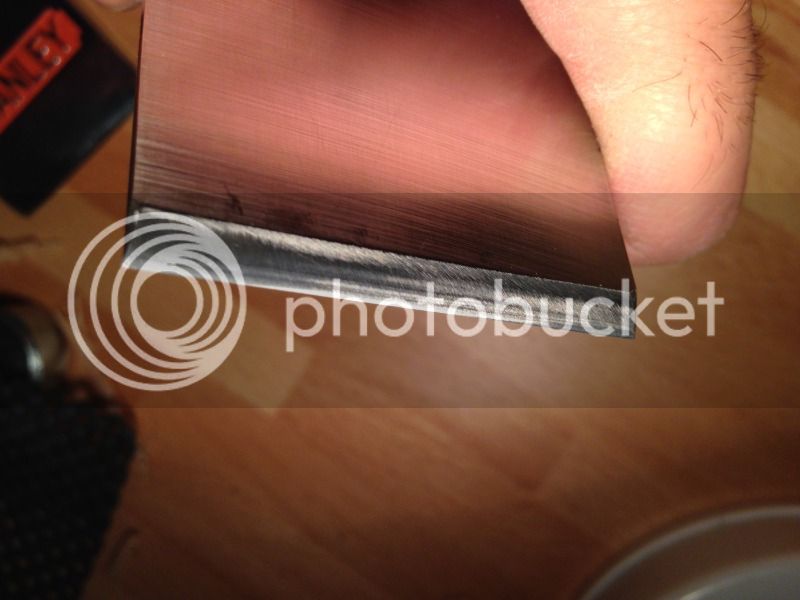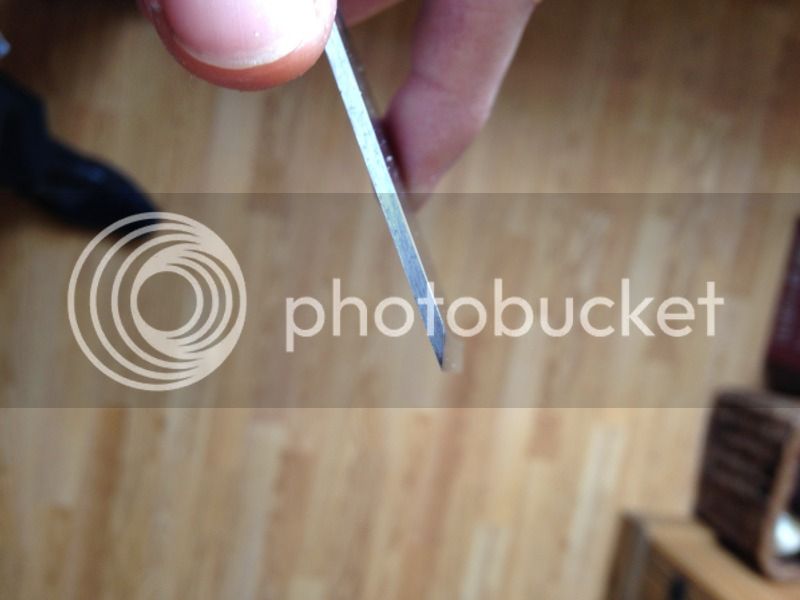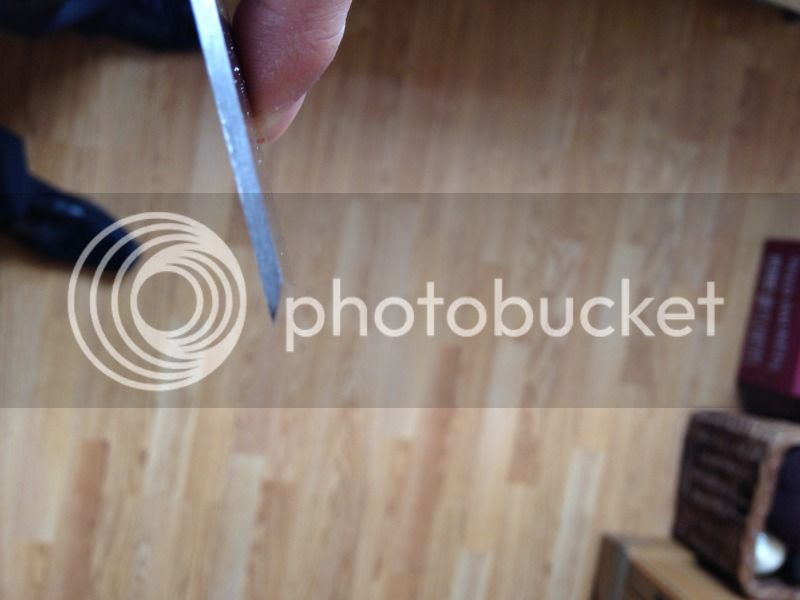Judging from the pictures, I would venture saying the mouth on your plane might be a bit too open.
Also, 2-4 mm from the cap-iron to the edge is definitely too much. 1-1,5 mm is as far as I will go, most of the times less. And the mouth width should go with it, unless you want to generate chips, not shavings...
I do not do very fine work, neither do I usually need to remove lots of wood. So I do not camber the blades on my planes, and I keep the mouth width at about maybe 1mm or a little over, and the cap-iron at most the same from the edge of the iron.
Sometining I have seen on many Stanleys, especially those of the Handyman variety (blaaaghhh...) is a "dip" at the front side of the mouth - meaning that the sole may be flat overall, but it is wanting just where flatness is most critical for good shaving formation. I seem to see a sligth shadow in one of the pictures that may indicate this situation. If it is so, just flattening overall is not enought - you must take material off the sole until this "dip" is eliminated and the front lip of the sole contacts the wood fully. A lot of work, believe me, and tiresome too...
Also, 2-4 mm from the cap-iron to the edge is definitely too much. 1-1,5 mm is as far as I will go, most of the times less. And the mouth width should go with it, unless you want to generate chips, not shavings...
I do not do very fine work, neither do I usually need to remove lots of wood. So I do not camber the blades on my planes, and I keep the mouth width at about maybe 1mm or a little over, and the cap-iron at most the same from the edge of the iron.
Sometining I have seen on many Stanleys, especially those of the Handyman variety (blaaaghhh...) is a "dip" at the front side of the mouth - meaning that the sole may be flat overall, but it is wanting just where flatness is most critical for good shaving formation. I seem to see a sligth shadow in one of the pictures that may indicate this situation. If it is so, just flattening overall is not enought - you must take material off the sole until this "dip" is eliminated and the front lip of the sole contacts the wood fully. A lot of work, believe me, and tiresome too...





































